Respiration
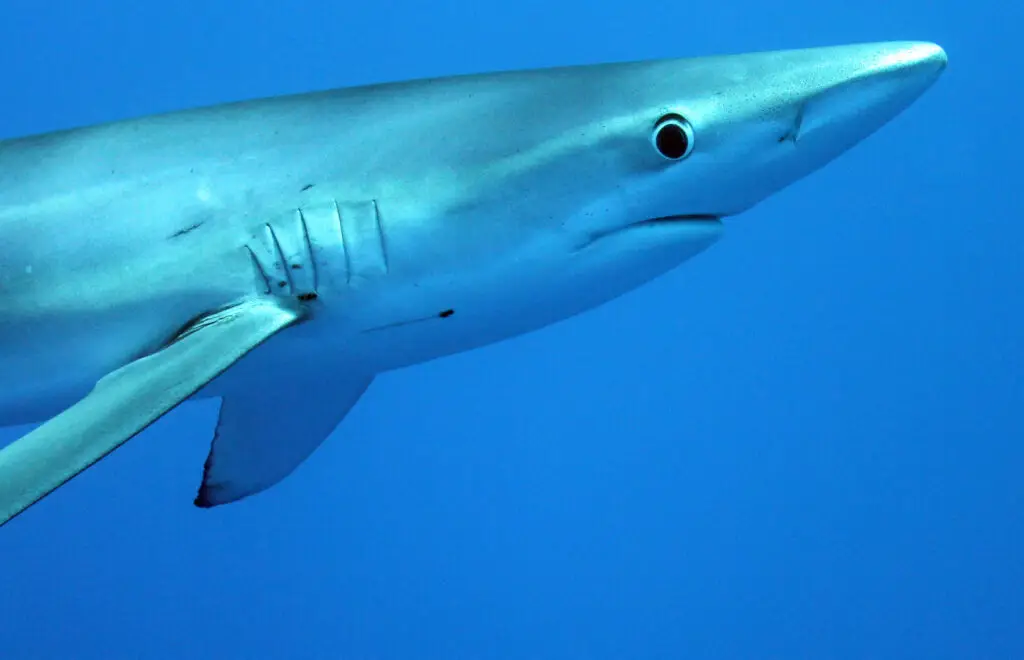
All sharks have 5-7 gill slits. Each gill arch contains feathery looking gill filaments, made up of small leaf-like lamellae which contain capillaries. As blood flows through these in one direction and water flows across the gills in the opposite direction (the counter-current principle), oxygen diffuses from its high concentration in the water to the […]
Skeleton
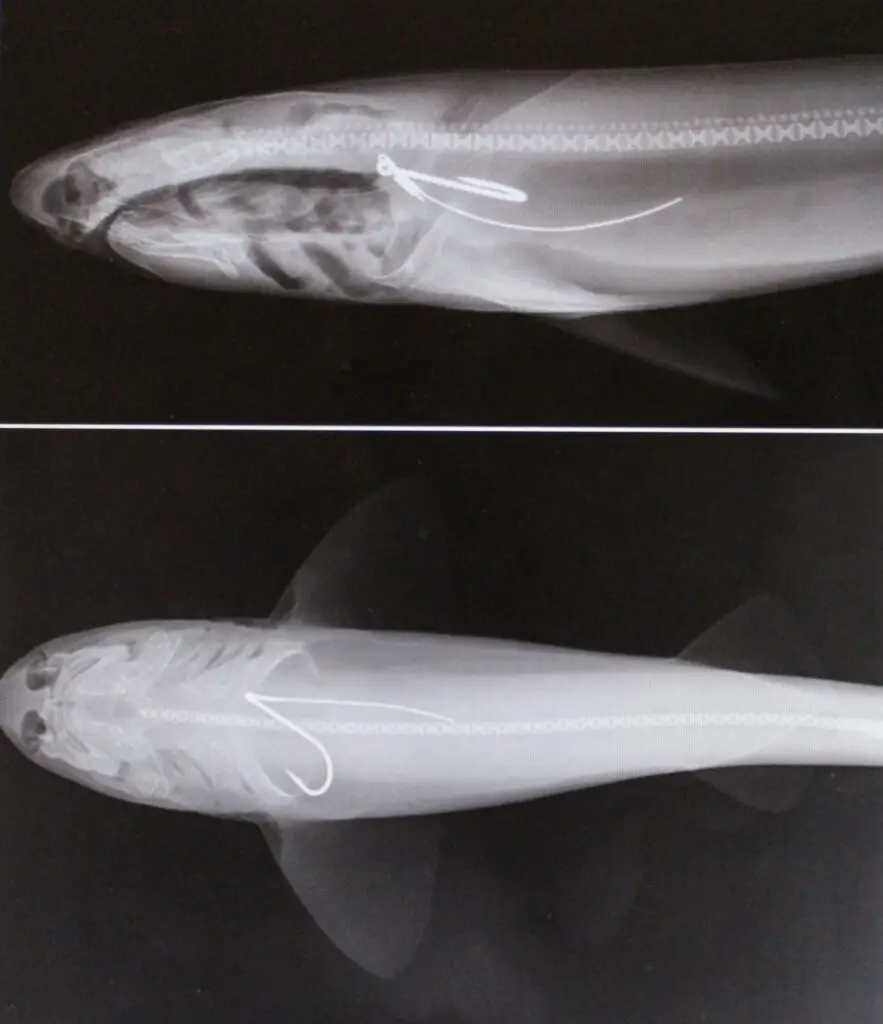
Sharks’ skeletons are composed of cartilage, this is a flexible structure that grows with the shark and is lighter than bone. It is composed of specialised cells called chondrocytes that produce an extracellular matrix of collagen fibres, proteoglycan and elastin fibres. Bone is essentially cartilage that has been hardened by mineral calcification. Calcification does occur […]
Skin
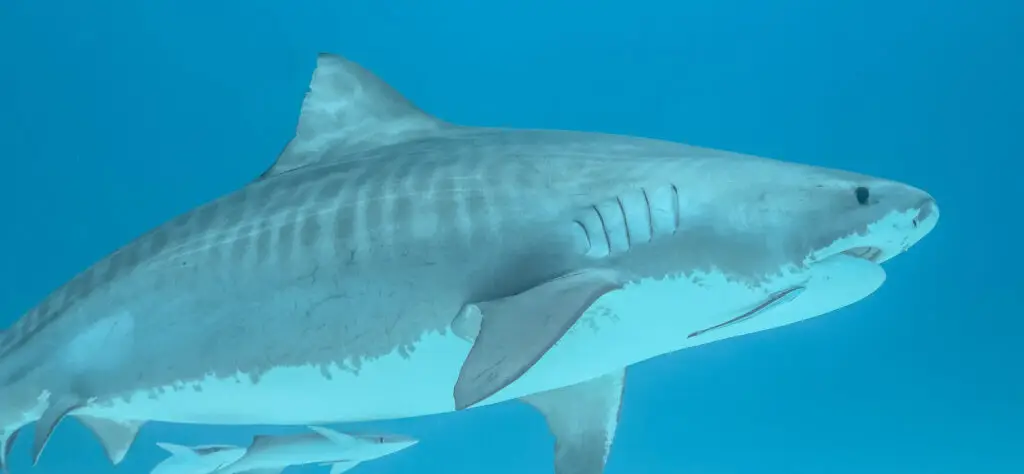
The epidermis is covered in dermal denticles, these are small tooth-like protective scales, their shape and orientation direct water flow over the sharks’ body which improves its swimming efficiency by reducing turbulence and drag. The outer layer of the denticle is covered in enamel, underneath this is dentine and a pulp cavity in the centre […]
Electroreception
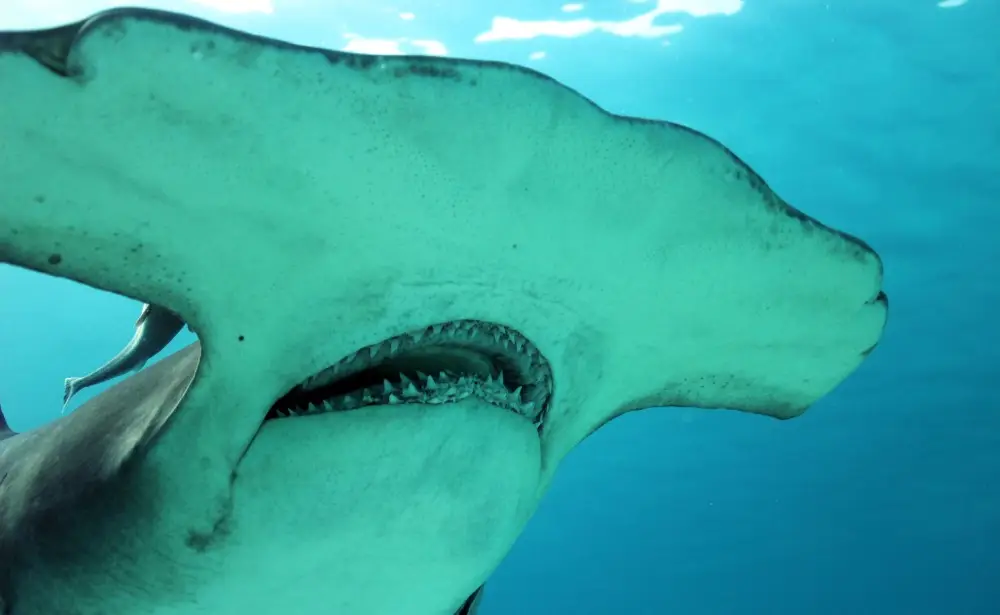
The Ampullae of Lorenzini are specialised pores capable of detecting very weak electric fields that are thought to have evolved from the lateral line system. They consist of a small chamber (the ampulla) and a sub-dermal canal which projects outward to the surface of the skin, the ampulla contains hundreds of sensory hair cells. The […]
Hearing

Balance and pressure detection The shark ear is located in the frontal skull (chrondocranium) and is completely internal with only a tiny opening on the sharks’ head – not the spiracle which is involved in respiration. Audiograms from the 1980s showed that the shark ear detects sound with frequencies ranging from <40 to about 1500 […]
Touch
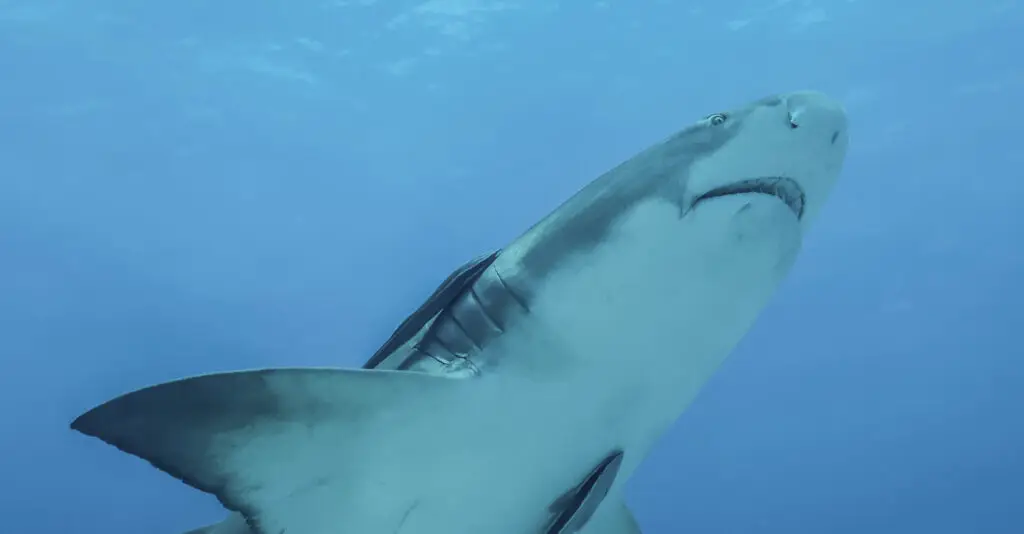
Water conveys sensory information from mechanical disturbances (movements and sound) over much greater distances than air. Sharks can sense this information via a series of external mechanoreceptors. They can also sense things internally due to the presence of proprioceptors (microscopic sensory cells) found throughout the muscles, joints, digestive system and blood vessels. Sharks have a […]
Taste
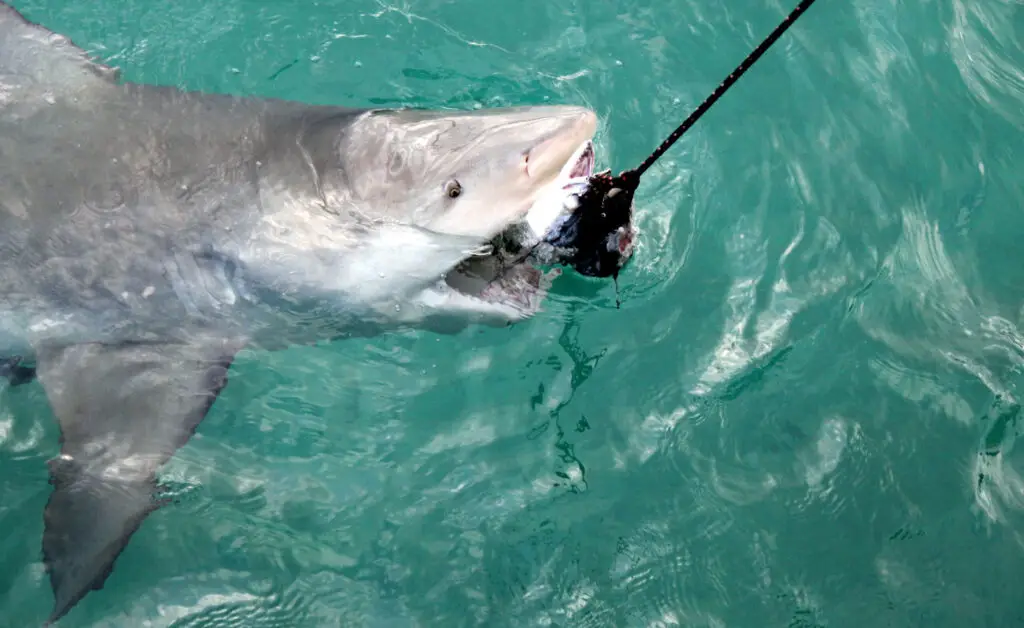
Gustation As a shark bites into an object (prey or otherwise), chemicals are released and attach themselves to chemoreceptors (gustatory sensory cells aka taste buds!) present in the shark’s mouth and throat, these taste buds then send messages to structures (the thalamus and the hypothalamus) located in the shark’s forebrain. The shark will then either […]
Smell

Olfaction Sharks possess a pair of nares, just under the edge of their snout. They are separate from the mouth and throat and do not aid in respiration, instead they are used purely for olfaction. Each nare is divided into two channels by a nasal flap, the water enters one channel (incurrent) gets passed over […]
Sight
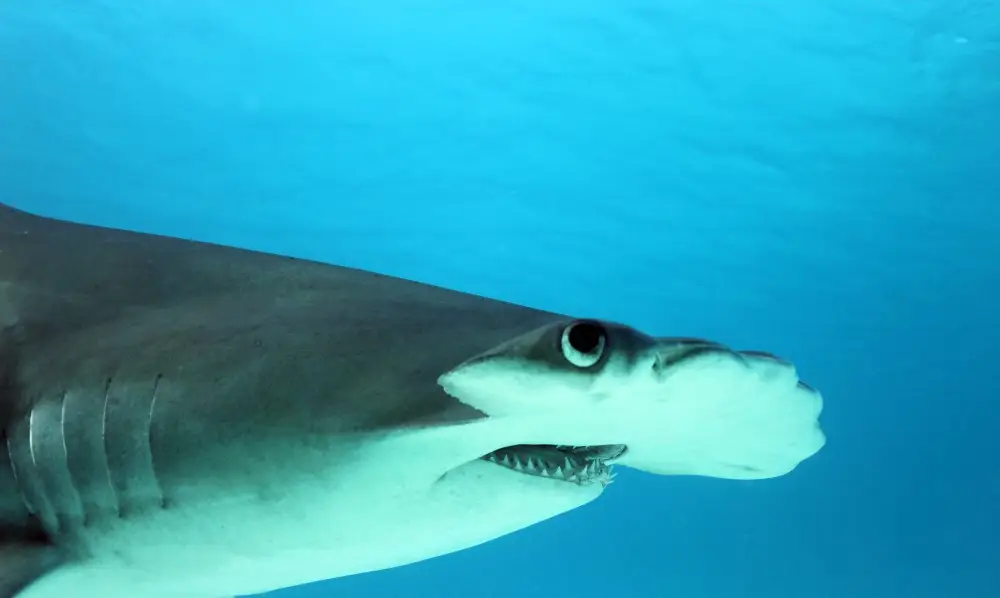
In many shark species, the eyes are well developed, complex structures containing rod and in some species cone photoreceptor cells, that are highly sensitive to light intensity. Sharks control the amount of light entering the eye by dilating or contracting their pupils. Focusing is controlled by the rectus muscles, these pull the lens closer to […]
Shark Habitat
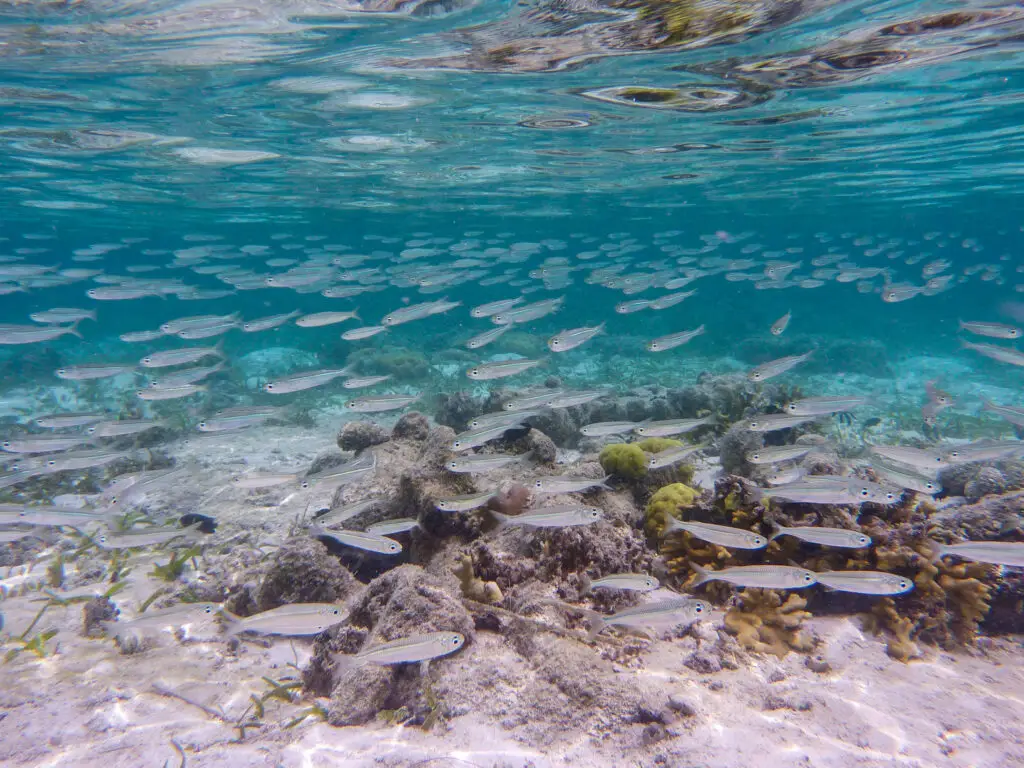
Sharks inhabit every ocean on the planet, across varied marine environments, tropical coral reefs, cold arctic waters, deep seas, open ocean, coasts, estuaries and even a few species can be found in freshwater. Where sharks are found depends on their physiological capabilities and adaptations to a given environment as well as ecological factors such as […]
